Europe-China Forum
Next event In person & livestreamed
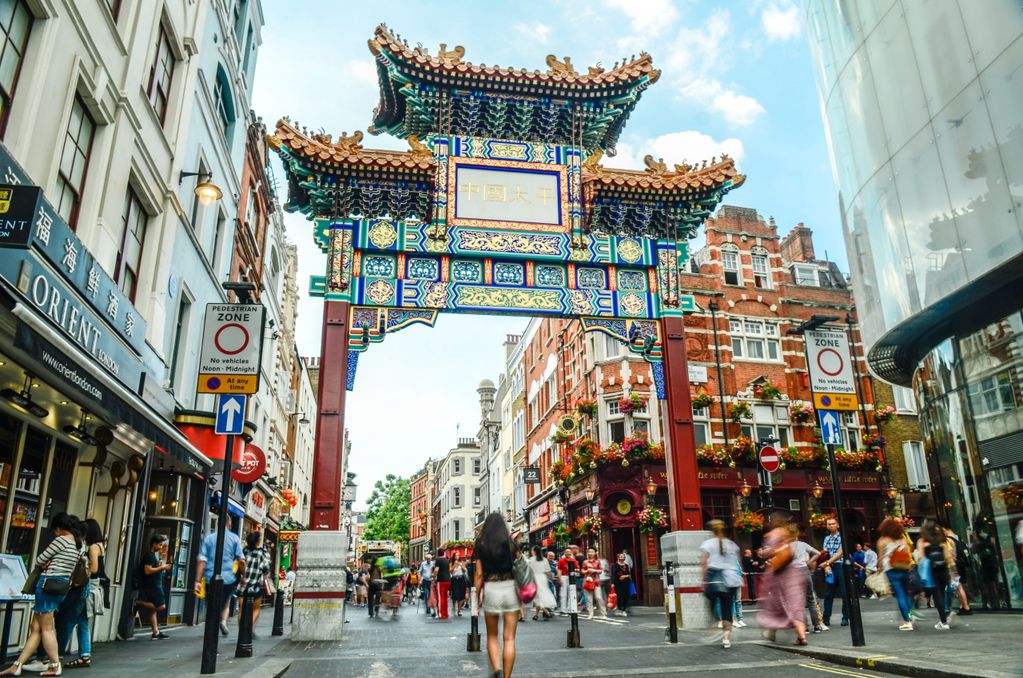
- Area of Expertise
- Global Europe
Global Europe

Secretary General, ASEANcham-EU
On 16 April 2024, ASEANcham-EU had the privilege of participating in the Friends of Europe’s EU-ASEAN Forum on a panel entitled: ‘Repairing the disconnect: the role of norms and values in EU-ASEAN trade relations’.
The EU and ASEAN upgraded their relationship to a “Strategic Partnership” in September 2020, paving the way towards a stronger and more formalised engagement. But while the region-to-region political relations have seen a recent uptick, trade relations continue to flounder, stuck behind a non-existent FTA and a growing number of trade “irritants”. Have EU-ASEAN trade relations “disconnected”? If so, how did it happen? More importantly, what can be done to repair it?
The EU-ASEAN partnership was born out of similar goals in their respective regions.
The European Economic Community (the predecessor to the European Union) was created in 1957, while ASEAN was formed a decade later in 1967. While their paths towards regional economic integration and levels of ambition have been vastly different, both sides aligned themselves in a shared belief that economic integration, market liberalisation and free trade would lead to higher economic growth and regional stability and peace. Informal dialogue between regional blocs was held as early as 1972, initially aimed at achieving greater market access for ASEAN’s exports and a price stabilisation scheme for ASEAN’s primary commodities. The first EEC-ASEAN ministerial meeting was held in 1978, which led to an ASEAN-EEC cooperation agreement in 1980. The agreement extended Most-Favoured Nation (MFN) treatment to the contracting parties at that time[1]. Over the years, the relationship between the EU and ASEAN has evolved. Both sides continued to meet at the foreign ministers’ level via the ASEAN-EU Ministerial Meeting (AEMM), and it was only later in 2000 that a dedicated meeting (“consultations”) was created between ASEAN Economic Ministers and the EU Trade Commissioner. This marked a significant shift from a donor-recipient relationship, with ASEAN being the biggest beneficiary of the EU’s generalised system of preferences until the mid-1990s.
The start of the disconnect
As much as both sides benefited from increased region-to-region trade, several trade issues had also started to crop up. It was reported that ASEAN countries had already felt targeted by the Commission’s anti-dumping legislation since 1994.[2] The cooperation agreement had also become outdated, and while there had been proposals for an upgrade in 1991, the European Council could not authorise a negotiating directive for a new agreement. At that time, both sides were also invested in the WTO negotiations on the General Agreement on Tariffs and Trade, which concluded in 1994.
False start to EU-ASEAN FTA negotiations
In 2007, under the EU’s Global Europe strategy and with the growing economic importance of ASEAN too hard to ignore, the EU decided it was opportune to launch FTA negotiations with ASEAN. Negotiations did not last very long; within two years, they had broken down due to human rights concerns in Myanmar and disagreements among ASEAN member states over the agreement’s scope and depth.
Without anyone championing its resumption, both sides were resigned that the FTA would go into cold storage
Instead, the EU would pursue a bilateral approach on ASEAN (which was possible as ASEAN is not an economic union), negotiating individual FTAs starting with Singapore, Malaysia, Thailand, Vietnam, Philippines and Indonesia. While this approach has since worked better, with two FTAs already in force with Vietnam and Singapore and three others (Indonesia, Thailand and the Philippines) in the works, this also meant that the EU-ASEAN FTA had become an increasingly distant reality.
EU regulations have become trade irritants for ASEAN
Besides the FTA woes, the EU’s internal regulations have become collateral damage to its trading partners. While the EU’s internal market has long been known to be “protected” by high tariffs and non-tariff barriers for exports of goods and services, exporters have learnt how to deal with these over the years. However, a recent slew of EU trade and investment proposals devised to impede certain less-friendly countries could negatively impact ASEAN countries as well. This includes the foreign subsidies regulation (which some companies in ASEAN could be covered by, given their high subsidy regimes to encourage local companies to grow), the International Procurement Instrument or the draft Forced Labour Regulation, which could easily be applied to ASEAN countries. The Commission’s drive towards enforcing the Green Deal has further exacerbated such concerns – the Carbon Border Adjustment Mechanism, Deforestation Regulation, Corporate Sustainability Reporting Directive and Packaging and Packaging Waste Regulation are just some examples where ASEAN has voiced its compliance concerns. The EU’s Renewable Energy Directive II has even gone in the way of a WTO dispute over the exclusion of palm oil in counting towards the EU’s biofuel targets.
The fear for ASEAN is that more such legislation will emerge
Reasons for the disconnect
One could point to the inherent differences between ASEAN and the EU – ASEAN member states are developing countries, whereas the EU consists of mostly advanced economies. There is also a growing trade deficit in favour of ASEAN, which could become a political issue given how much the EU has complained about a similar deficit with China. ASEAN is still facing an uphill task of creating a single market via the ASEAN Economic Community, whereas the EU is already a well-functioning single market with a clear path towards further integration. The EU has a supranational body to create laws and a parliament to vote on legislation, whereas ASEAN is only an intergovernmental organisation and will remain so in the foreseeable future. More fundamentally, the EU is founded on values such as human rights and democracy, while in ASEAN, there is a variation of governance types, and members stand on different points in the range between Western norms and conservative Asian and religious values. It can thus be argued that the EU and ASEAN are not likely allies nor natural partners to begin with, but that the cooperation is constructed out of political will, depending on the leadership of the day and the current geopolitical situation.
Differing trade policies
EU’s trade policy is under the competence of the EU and not its member states, which makes it easier for the EU to legislate and implement trade agreements (notwithstanding the processes among the EU institutions). ASEAN members, however, have differing degrees of openness to trade – Indonesia and the Philippines remain preoccupied with internal trade policies, which impedes their ability to implement external trade policies, for example. Some sectors in Malaysia and Thailand are also protectionist by nature, given their contribution to the local economy and jobs. Laos is a relatively new member of the WTO. On the other end, Singapore’s trade relationship with the EU remains one of the strongest, as the most open economy in ASEAN and a key player in global services and digital trade.
ASEAN’s policy of non-interference coupled with the use of consensus in decision-making means ASEAN-wide rules are often developed bottom-up and not top-down like the EU, which means that trade rules tend to be implemented unevenly across the region
Nevertheless, even within such constraints, ASEAN has shown that it can negotiate trade agreements as a bloc, evidenced by the seven trade agreements that it has concluded.
Politics first, trade second
The EU on the other hand has hitherto been a champion of trade, but it has become increasingly difficult for third countries to conclude trade agreements with it, partly based on external factors such as geopolitical pressures to be more selective and the global turn against free trade, but also the need to cater to an increasingly trade-negative voice from certain political factions internally. To assuage their domestic constituencies, the EU has required that ASEAN member states need to conclude a partnership and cooperation agreement (PCA) as a “pre-requisite” to any bilateral FTA being concluded. This would allow some assurances that ASEAN member states will comply with other non-trade aspects such as human rights, labour and environmental standards. All EU FTAs now include a Trade and Sustainable Development Chapter, which seeks to regulate the environmental and labour standards of its partners and more non-trade issues are increasingly being added to the fore (such as gender and animal welfare), making it more challenging for ASEAN members to agree to such rules.
What can be done to fix the disconnect?
More high-level exchanges and bilateral visits
While ASEAN has been recognised as a central player in the EU’s Indo-Pacific Strategy for Cooperation, high-level visits from the Commission to the region remain few and far between, with Singapore an outlier in hosting an outsized number of visits. If schedules and budgets remain tight, perhaps more touchpoints could be considered at multilateral forums such as the WTO, OECD, G20, or UN meetings. Likewise, ASEAN leaders could consider visiting Brussels in their trips to Europe or at least meeting with EU officials as part of their planned visits. Unfortunately, without an ASEAN supranational body, most meetings will continue to occur bilaterally between individual ASEAN members and the EU.
Deeper engagement with the business community
Businesses are the core of trade relationships, so it would be remiss of governments not to engage them
EU and ASEAN businesses are represented by a host of chambers of commerce and trade associations, which could be mobilised to cross-engage with the ASEAN governments and the European Commission, the European chambers of commerce and trade associations and the ASEAN business community. Just as the European chambers are active in helping European businesses engage the ASEAN governments, the ASEAN secretariat, with the help of ASEANcham, could also organise the various business associations in ASEAN to engage with the European Commission.
Improving communication
The EU has the right to implement its own trade policy (within the boundaries of WTO rules), but where it can put more effort into is in the communication and engagement of its trade policies and potential impact. While the Commission is obligated to notify other WTO members of any trade measure that could potentially become a barrier to trade, ASEAN members still find themselves blind-sided because there is insufficient awareness or understanding of how specific legislation may affect them. The EU’s public consultation process and outreach may not be inclusive enough and its information dissemination can be clumsy. It would thus be helpful to provide briefings or outreach via its overseas Delegations in ASEAN or to the ASEAN Missions in Brussels. At the same time, it is also essential for the EU to be seen as taking ASEAN’s concerns seriously.
ASEAN also needs to learn how to make its voice heard in Brussels and find the right people to talk to when such problems arise
This is where chambers of commerce and trade associations can be interlocutors for such dialogue.
Creative solutions to enhance dialogue on trade
Both sides could look at enhancing the yearly consultations between the EU Trade Commissioner and ASEAN Economic Ministers by having a flexible agenda to cater to new and arising issues, such as digital, climate change, environment and labour, with sub-committees represented by the relevant directorate-general on specific topics if required. Take the EU-US Trade and Technology Council for example, where the issues of digital transformation, green technology and trade are discussed in depth. With ASEAN embarking on a Digital Economy Framework Agreement, this could be an opportune time for the EU to introduce more digital-related agenda items.
Current trade relations are at a pivotal point
To conclude, there is no easy solution or quick-fix to repairing the disconnect between the EU-ASEAN trade relations. Some might even question if anything more can or should be done. However, it is clear that trade relations have not reached their potential. The risk is that without any ongoing discussions towards EU-ASEAN FTA negotiations and minimal efforts put in towards high-level trade engagements, EU-ASEAN trade relations can easily stagnate or, worse, deteriorate, especially if other non-economic concerns start to gatekeep the relationship.
The author was the trade and economic secretary of Singapore’s Mission to the EU and Embassy to Belgium, the Netherlands and Luxembourg from 2017 to 2021.
The views expressed in this #CriticalThinking article reflect those of the author(s) and not of Friends of Europe.
Next event In person & livestreamed

Past event
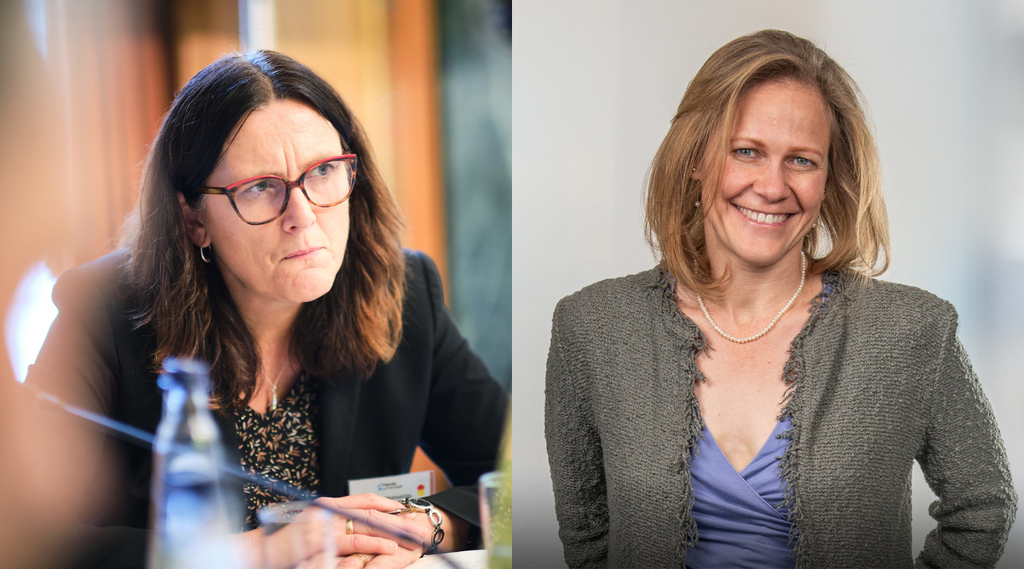
Past event Online
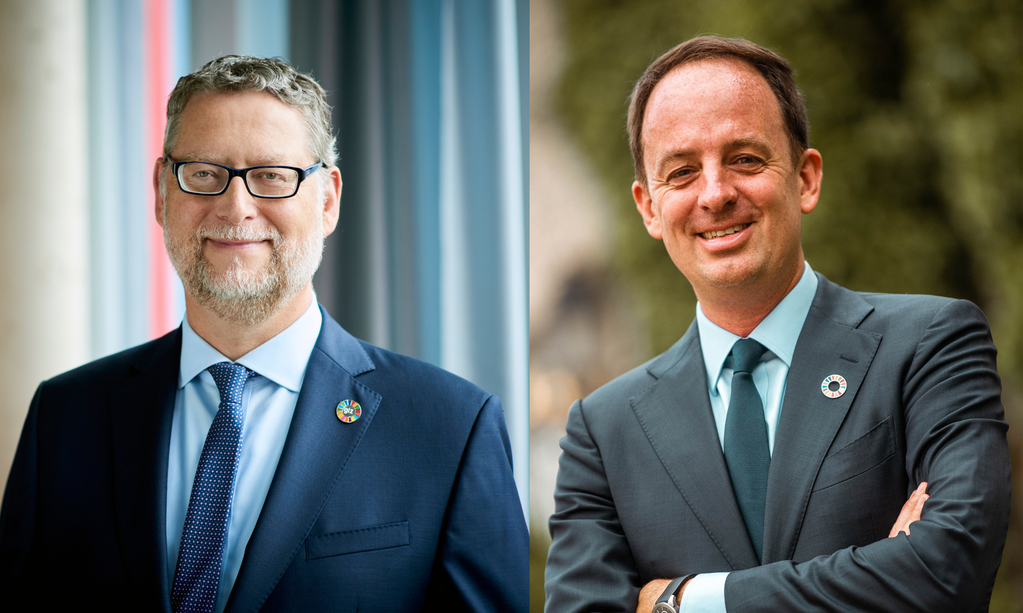
Past event IN PERSON & ONLINE

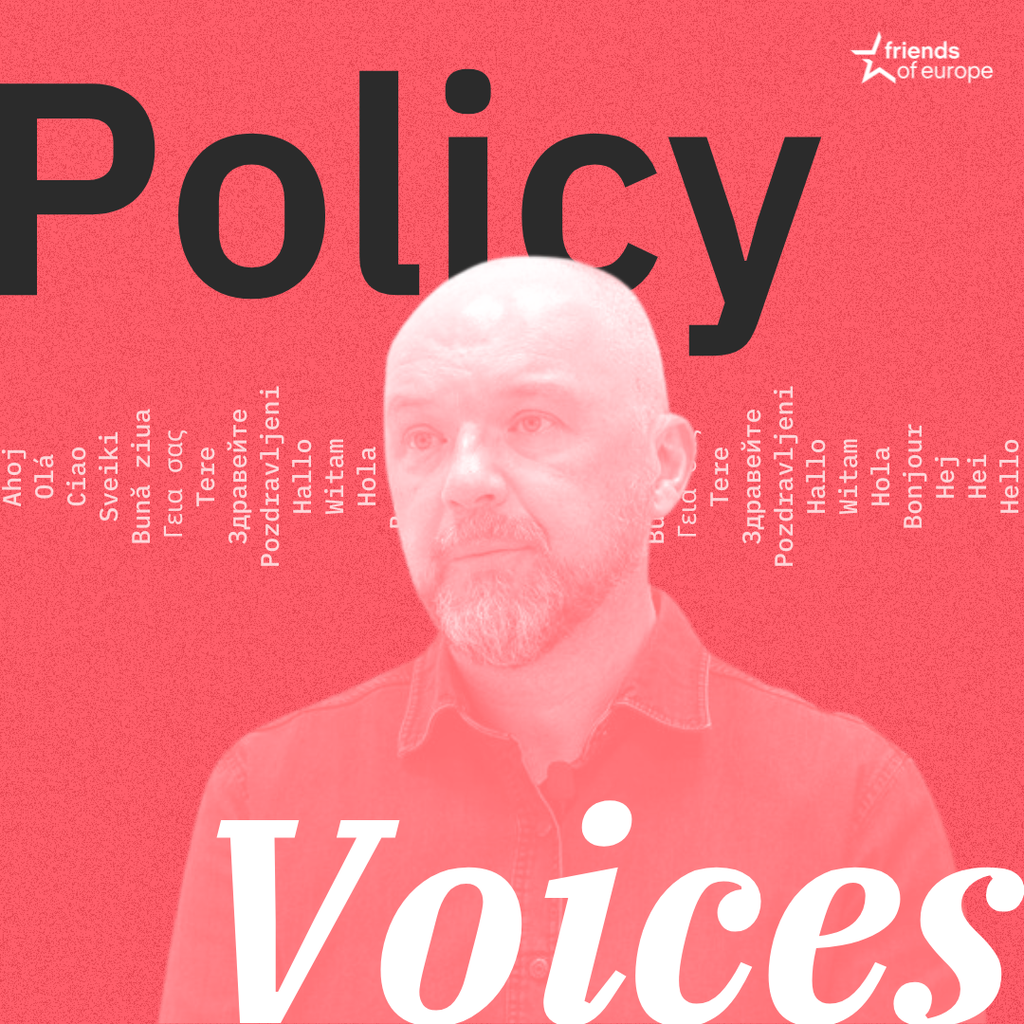
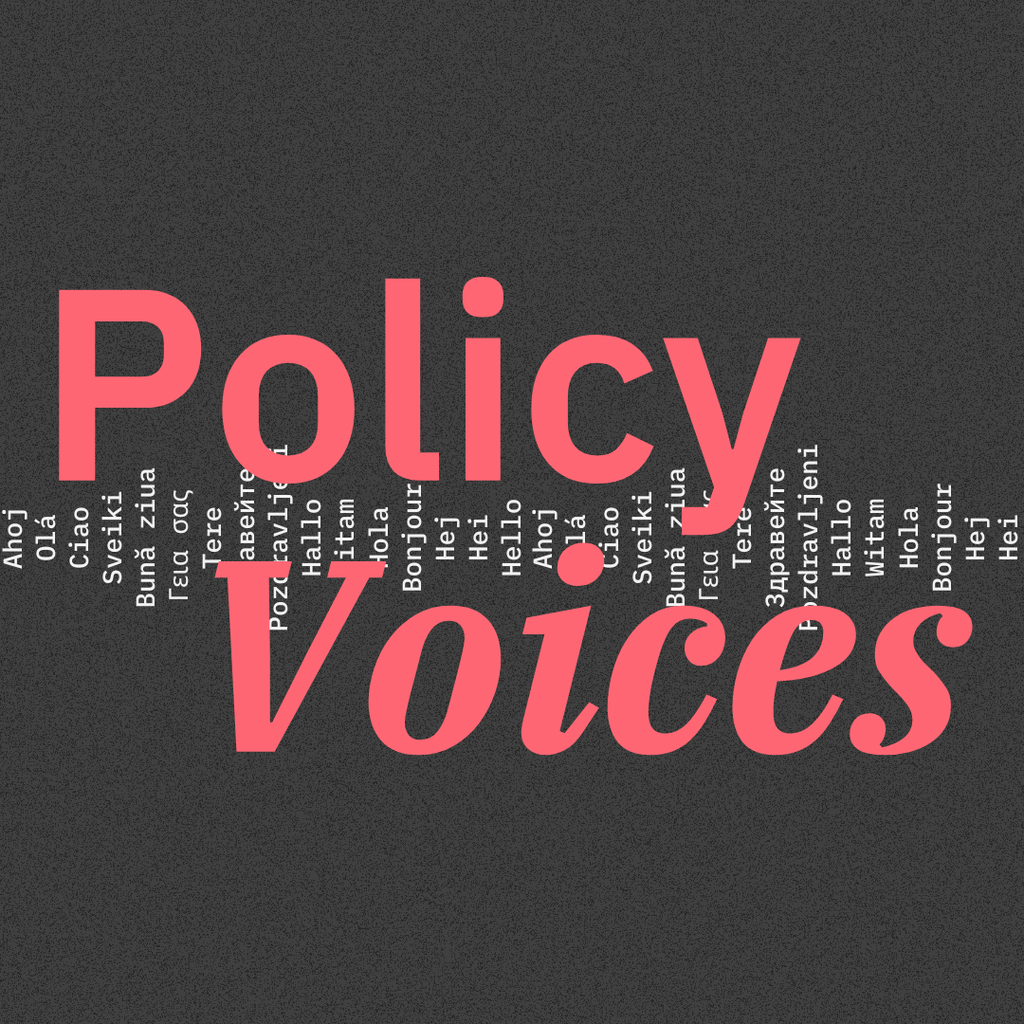
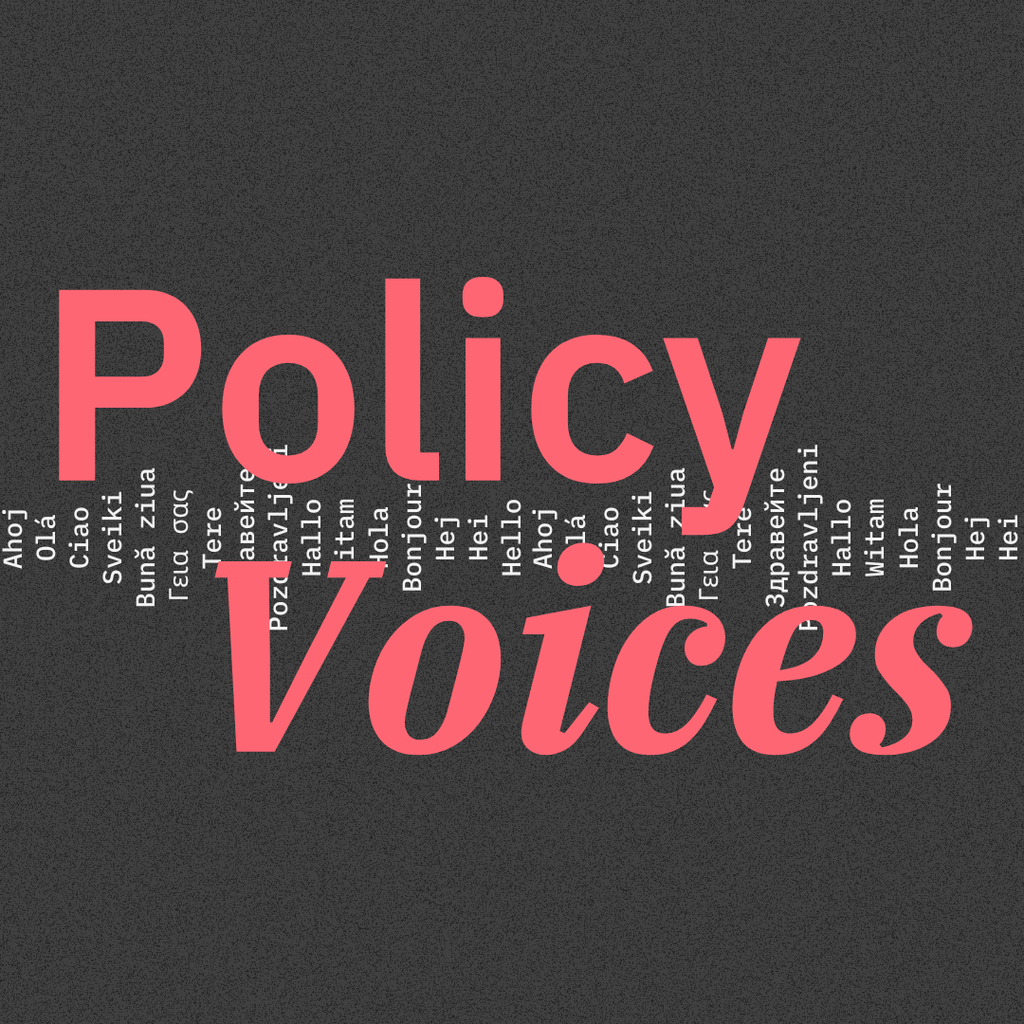

Stay informed
We use cookies and similar technologies to adjust your preferences, analyze traffic and measure the effectiveness of our campaigns. Learn more about our privacy policy.